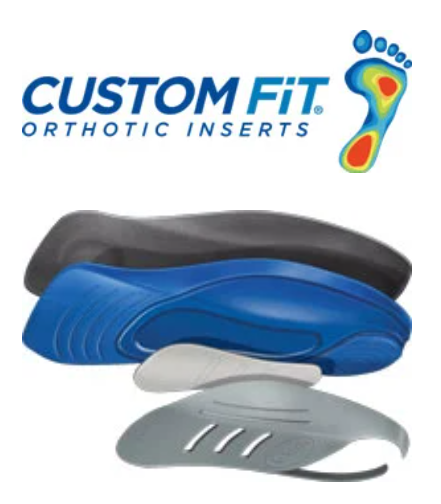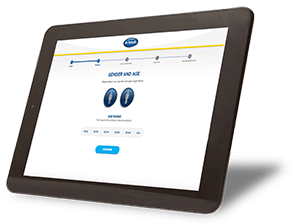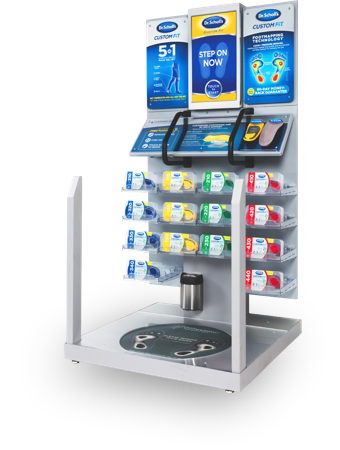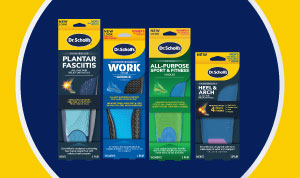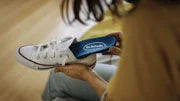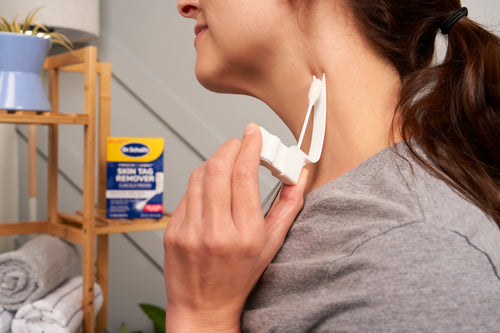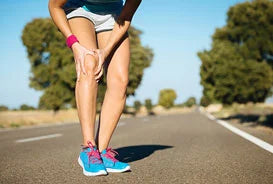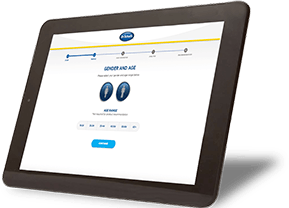When looking at an adult foot from the inner side, you’ll usually notice an upward curve in the middle. This is called an arch. Tendons, which are the tight bands that attach at the heel and foot bones, form the arch. Several tendons in your foot and lower leg work together to form the arch in your foot. The arches are the primary structures of the body that absorb shocks when you are on your feet.
When the tendons all pull adequately, the foot forms a moderate, normal arch. When tendons do not pull together properly, there is little or no arch. This is called flat foot or fallen arch.
When our arches don’t effectively absorb the shock of our steps, this can result in painful or achy feet, especially heel and arch pain. Foot arch pain can often be made worse with long periods of standing or physical activity.

